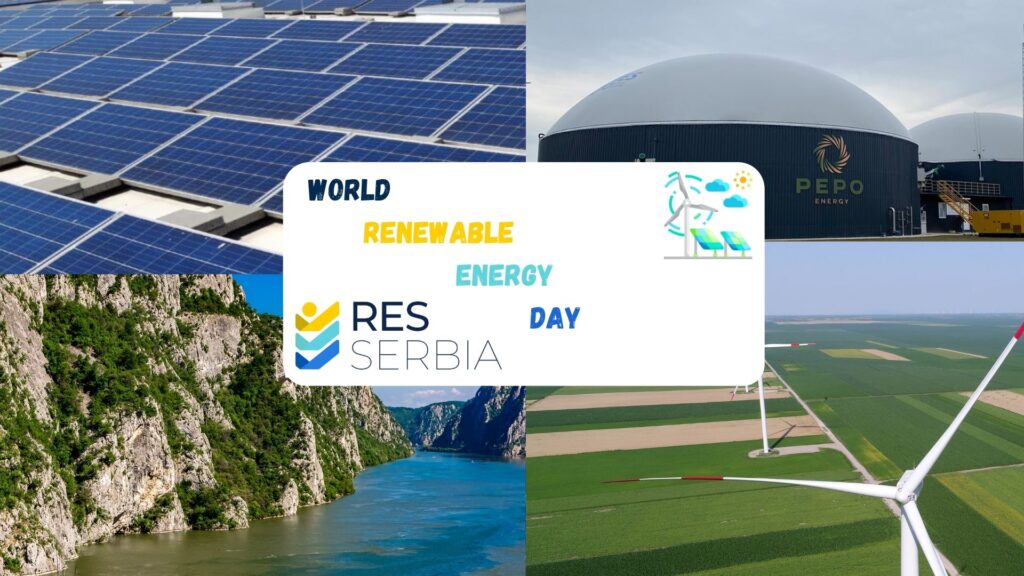World Renewable Energy Day is traditionally celebrated on April 26th. The main goal of marking this very important date is to raise awareness about the importance of research and the very application of renewable energy sources – wind, sun, water, biomass and geothermal sources.
On April 26, 1986, a nuclear disaster occurred in Chernobyl. For the reason above, this date serves to remind us all how the use of non-renewable resources and atomic energy can be harmful to the environment.
Renewable energy sources are the main driver and carrier of the energy transition towards a carbon-neutral energy and economy. The fight against climate change has become an international obligation for almost all countries in the world, which have pledged to prevent an increase in the average temperature on the planet by 2°C compared to the pre-industrial period and to reduce the emission of greenhouse gases in 2030 by 45% in relation to emissions from 2010. Europe has set an ambitious plan – zero emissions of harmful gases by 2050.
According to data from the International Renewable Energy Agency (IRENA), the total installed capacity from renewable energy production in the world is currently 3,372 GW, which is an increase of almost 10% compared to 2022.
The largest share in the total production of electricity from renewable sources belongs to hydropower with 37%, while solar energy is in second place with 31%.
90% of the total capacities of renewable energy sources belong to Asia, Europe and North America.
After Asia (48%), Europe is the continent with the largest capacity of installed power for the production of electricity from renewable sources (709 GW), i.e. a share of 21% of the total world capacity. Europe is working rapidly on greening its energy capacities, especially by increasing the capacity to use solar and wind energy. The growth trend of new capacities of renewable energy sources in the European Union has been very dynamic in the last 10 years, according to IRENA.
In 2013, the Republic of Serbia adopted the National Action Plan for the use of renewable energy sources with the ambitious goal of achieving a 27% share of RES in gross final energy consumption by 2020.
According to Eurostat data, Serbia reached a share of 26.2% in 2020 and thus almost fulfilled the goal. The Republic of Serbia currently has 2,930 MW of installed power from renewable energy sources:
– Wind power plants: 398 MW;
– Solar power plants: 11 MW*;
– Buyer-producer solar power plants: 13.6 MW;
– Hydropower plants: 2,469 MW;
– Biomass: 2.7 MW;
– Biogas: 32 MW.
In March 2021, the new Law on the Use of Renewable Energy Sources was adopted, while in March 2023, the Government of Serbia adopted the Bill on Amendments to this Law and forwarded it to the Parliament. After the adoption of amendments to the law in the Assembly and the missing by-laws, conditions will be created for the further development of the sector of renewable energy sources, as well as the implementation of auctions for new capacities from renewable energy sources.
By the end of the year, the Integrated National Plan for Climate and Energy will be adopted, which will define national goals for renewable energy sources until 2030.
* It is estimated that a large number of solar power plants with a total power of 50 MW have been installed so far, for which there is no officially available register. 04/05/2023. “DeLasol” solar power plant in Lapovo was put into operation. The power of the “DeLasol” power plant is 9.9 MW, which will significantly affect the total installed power of solar power plants.


